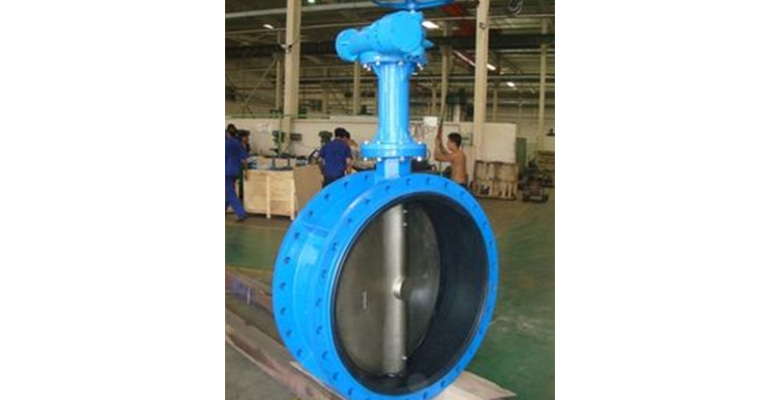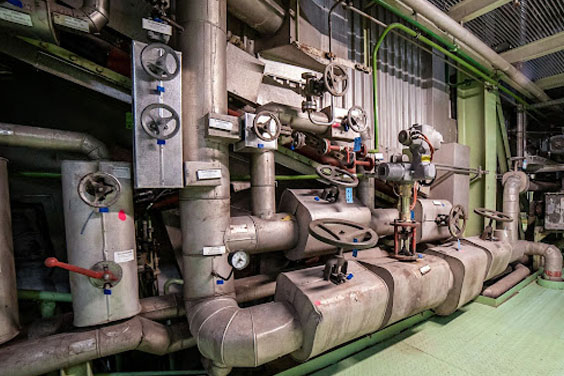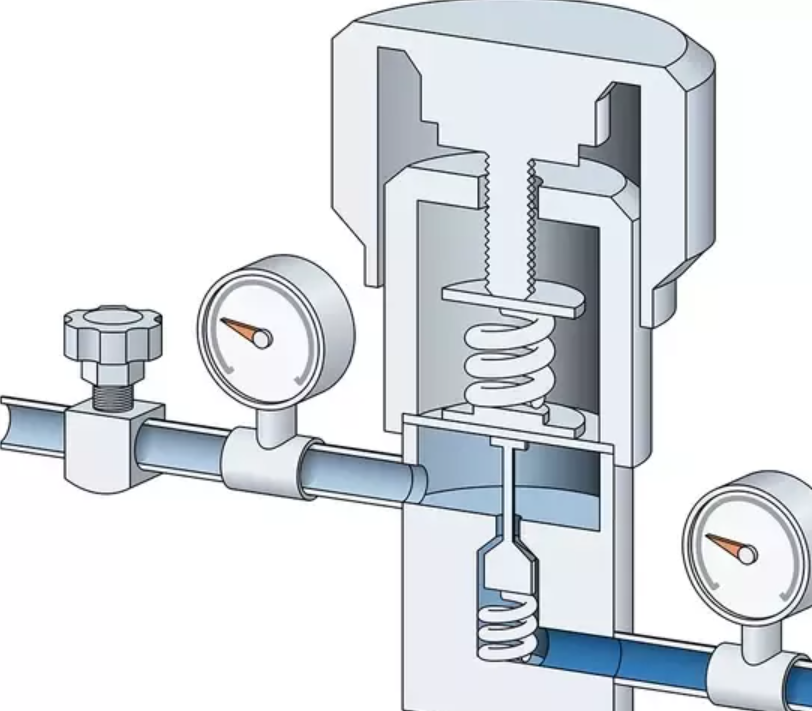A gate valve is a type of valve that can be used to control the flow of gas, liquid, or steam. It’s often used for industrial applications. Gate valves are usually found in high pressure and high temperature environments.
What is a Gate Valve?
A gate valve is a type of valve used to control the flow of liquids and gases through pipes. Gate valves are operated by turning a wheel or lever that opens and closes a wedge-shaped gate inside the valve. The gate blocks the passage of fluid when it is in the closed position. When the gate is open, fluid can flow freely through the valve.
How Does a Gate Valve Work?
Gate valves use the principle of “rising stem” to open and close. The stem rises when it’s pushed and falls when it’s pulled (see diagram below). When the stem is pushed down, the gate opens and allows fluid to pass through. When the stem is pulled up, the gate closes, preventing any fluid from passing through.
The most common types of gate valves are ball valves and butterfly valves (see below). Both are similar in design but have different applications: Ball valves are used for controlling flow while butterfly valves are used for throttling flow. For example, ball valves are often used on pipe systems while butterfly valves are often found on process equipment such as heat exchangers and boilers.
How do you know if a gate valve is open or closed?
There are a few ways to tell if a gate valve is open or closed. The most obvious way is to check the handle. If the handle is parallel to the piping, then the valve is open.
If the handle is perpendicular to the piping, then the valve is closed.
Another way to tell is by looking at the water flow. If water is flowing freely through the valve, then it is open.
However, if there is no water flow or if the water flow is restricted, then the valve is closed. Finally, you can always ask someone who knows for sure. After all, it’s always better to be safe than sorry!
How does a plumbing gate valve work?
Just like any other valve, a plumbing gate valve is designed to regulate the flow of water. However, unlike other valves, a gate valve uses a movable gate to open and close the flow of water.
The gate is usually made of metal or rubber, and it fits snugly against the walls of the valve. When the gate is in the closed position, it creates a barrier that prevents water from flowing through the valve. To open the valve, the gate is lifted out of the way, allowing water to flow freely.
Gate valves are often used in applications where it is important to be able to completely shut off the flow of water, such as in irrigation systems. They are also commonly used in industrial settings where they can handle large volumes of water.
Why do gate valves fail?
There are many reasons why gate valves may fail.
One common reason is due to corrosion. When valves are exposed to water or moisture, they can start to corrode. This process can damage the valve and cause it to fail.
Another reason for gate valve failure is improper maintenance. If a valve is not properly maintained, it can become damaged and eventually fail.
Finally, wear and tear can also cause gate valves to fail. Over time, the moving parts of a valve can start to wear down, making it more likely to fail. While there are many reasons why gate valves may fail, proper maintenance and regular inspection can help to prevent these problems.
When would you use a gate valve?
Gate valves are often used in plumbing and industrial applications, as they provide a quick and easy way to shut off the flow of liquid or gas. For example, if a pipe bursts, a gate valve can be used to quickly shut off the water flow, preventing further damage.
Gate valves are also commonly used in pipelines, as they can be opened or closed without having to stop the flow of fluid. This makes them ideal for regulating the flow of liquids and gases. So, next time you need to control the flow of fluid, remember to reach for a gate valve!








